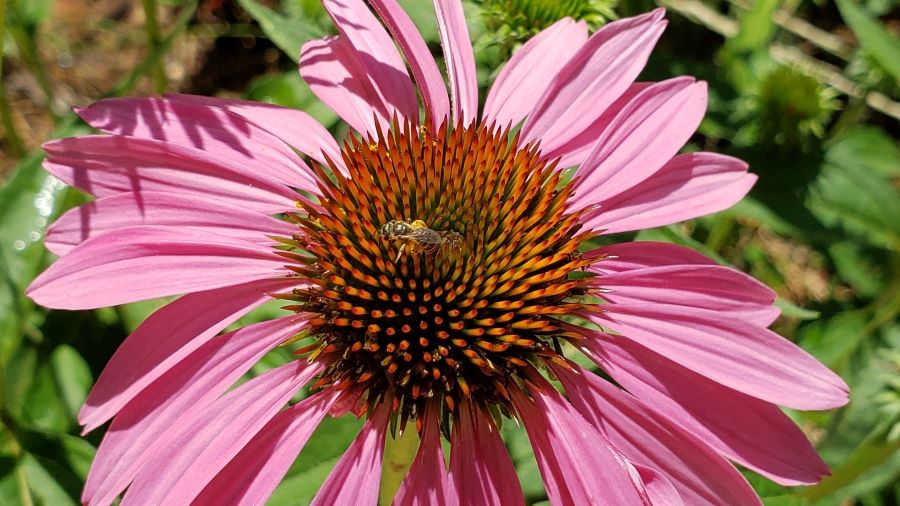Many of us want to plant some flowers that will save the bees. Planting a few good flowers helps a few bees, but we can do so much more to help the bees and other pollinators.
Bees aren’t the only pollinators. If your mind sees bees as honeybees, go out and really look at flowers. You’ll likely see far more than honeybees. Honeybees are from Europe and most of the ones you see are someone’s livestock out foraging for what they’ll turn into honey.
Look closely at who’s visiting any flowers and see what other insects you can find. Most all of these are native pollinators. Many of them are native bees, but there are also wasps (they won’t hurt you), flies, moths, butterflies, beetles, hummingbirds, and even bats in some areas. Some are quite tiny!
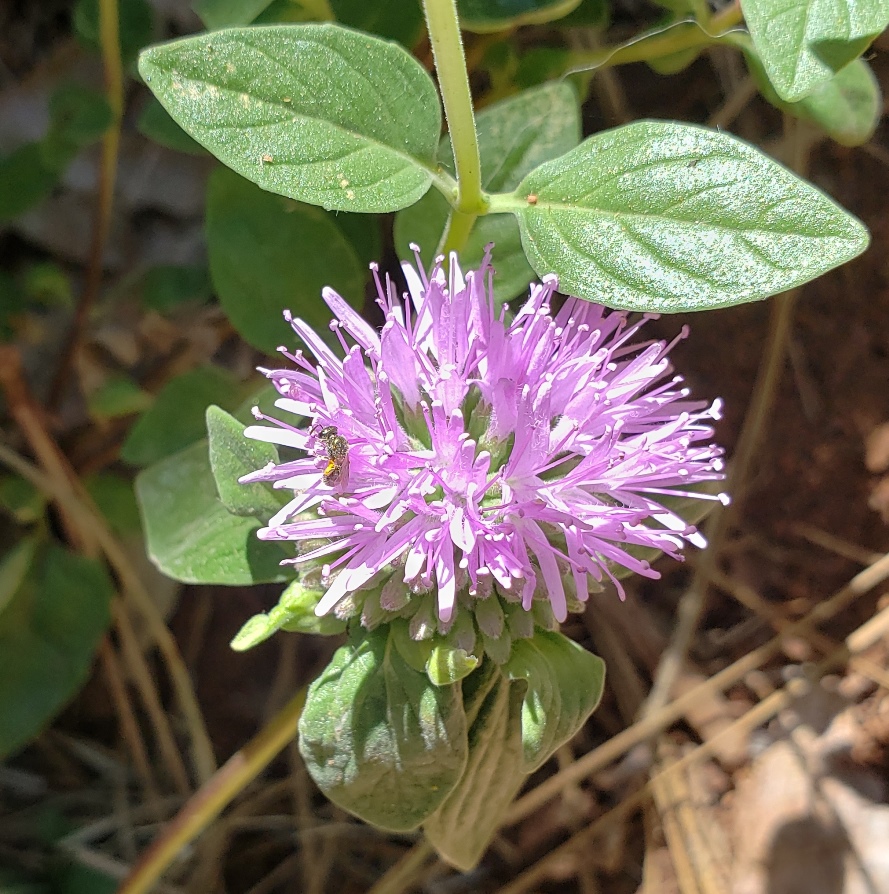
Pollinators in decline
The decline in pollinators was noticed by the end of the 1990’s. But in 2006 honeybee keepers were losing hives at a rate of up to 50%. That’s when the world took notice. Since these were the bees being used for crop pollination, this rate of loss was scary news.
Research was done on honeybees. But also on bumblebees, since they’re significant wild pollinators and their decline had been observed. Several reasons, some of which overlap, factored into the decline. These include habitat loss, pesticides and herbicides, pests and diseases, and nutritional deficits. Research has improved the health of honeybees. But less is known about the bumblebee and the rest of the native bees and other pollinators.
Pollinators are needed for up to 80% of our crops, but about 87.5% of the world’s flowering plant species depend on pollinators for fruit and seed production. This includes the plants in the wild— those that feed wildlife, maintain soil and water health, and give us nature itself.
In September, 2021 the US Fish and Wildlife service announced that the American Bumblebee’s populations have plummeted by nearly 90% and may warrant Endangered Species Act protection. The bee has disappeared or is very rare in 16 states.
And there’s less known about many of the rest of the 3,600 native bee species in North America. According to the Center for Biological Diversity and the USDA wild bees had declined by 23% between 2008 and 2013!
But each of us with a landscape of any sort can truly help pollinators. And we actually offer the best hope for doing so.
We can significantly help pollinators with our gardens
A public garden in Delaware, called Mt. Cuba, that’s devoted to native plants, was the spot for ecologist David Sarver to survey the numbers and species of bees that visited the gardens since many were unfamiliar to the garden’s director.
Three areas were chosen, two natural wooded areas and one intensely planted garden of native plants. Mr. Sarver found many bees that had never been seen in Delaware and several that were of concern due to low numbers over a large region. Read the full Washington Post article here.
The most interesting thing is that the greatest diversity of bees was found in the gardens. Not in the wild.
What this tells us is that planting a diversity of flowering plants, with a focus on natives, to create a pollinator garden, provides a lifeline to dwindling pollinator populations, and even boosting them.
That means each of us can help by creating pollinator gardens.
Two components are needed for pollinators; food supply and habitat. An overview follows, and I’ll go into greater detail in my next two articles.
Provide pollinators with food
Pollinators need pollen and nectar from flowers. Some flowers have extra nutritional qualities pollinators need while others don’t. So including a wide variety of flowers is important.
Since native bees and other pollinators evolved with native plants, pollinator gardens must focus on having a high number of flowering native plants.
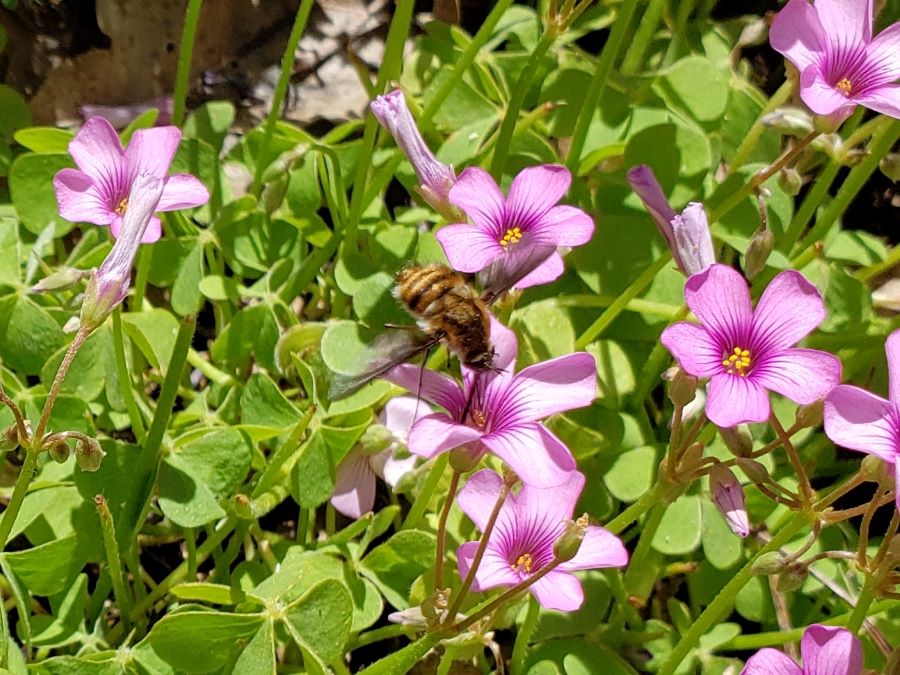
Pollinators need food for the entire season, so you’ll need a variety of flowers for a season-long bloom. For each period of bloom, try to have three different flower species at a time. And aim for a three foot square patch of each. For a seven month bloom season, assuming a generous one month bloom time for each plant, you’d need 189 sq. ft. of planting space.
Native plants are important for feeding pollinators. And they have an added benefit to the gardener—they need little fertilizer, are usually deer resistant, require very little water, and they are not necessarily more flammable.
Provide pollinators with habitat
They need a place to live and reproduce. Offering the habitat they need close to the flowers they feed on saves the energy they need to forage, allowing them to flourish.
They need resting areas in trees and shrubs. Some shelter from the wind.
Trees and shrubs with shaggy bark offer some pollinators overwintering protection.
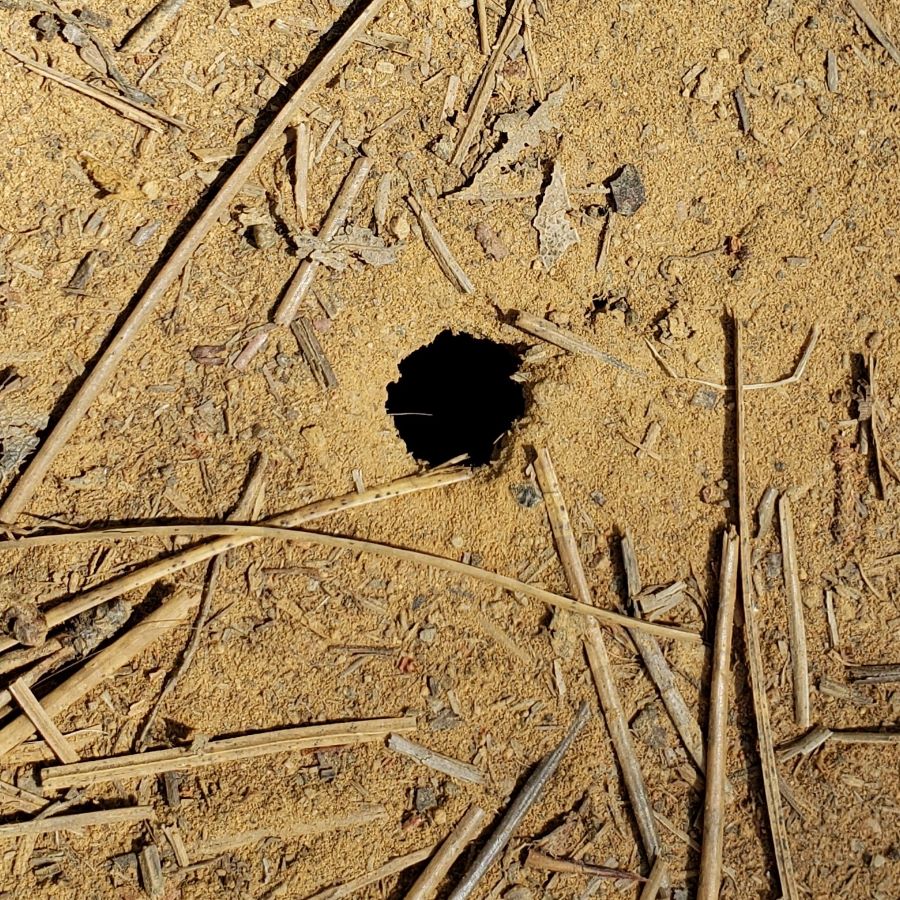
And nesting areas to lay their eggs and feed their young. Many native bees nest in the ground, so include patches of bare dirt, old rotting logs, rocks with crevices and rock walls. Rotting logs provide a lot of pollinators’ nests. But they’re also very flammable in the event of a fire. So please keep these at least 30 ft. away from your structures and from other vegetative fuels.
If you’re short on space there are lots of ideas for building human-made nests, and ideas for stacking various nesting structures to help provide suitable nesting sites.
Situate your garden in full sun, 6 hours of direct sun a day. Pollinators need sun for many of their activities. But pollinator food plants can be in part shade gardens as well.
All pollinators need fresh clean water. Butterflies even need some mud. A little trickle of water into a shallow dish with landing spots for them, and spilling over into soil for mud will help them.
Find a good spot for a pollinator garden
Pollinator gardens can be the hotbeds, the breeding grounds, that give us the best hope to save and bring back endangered pollinators. So it’s nothing but rewarding.
Take a look at your land to see where you can start your own pollinator garden. If you have the space (and the resources), consider devoting a larger area to pollinators! It can be 200 sq. ft. or up to 5,000 sq. ft. It will be filled with low maintenance flowers. And some cutting flowers, too! Start small if you need to.
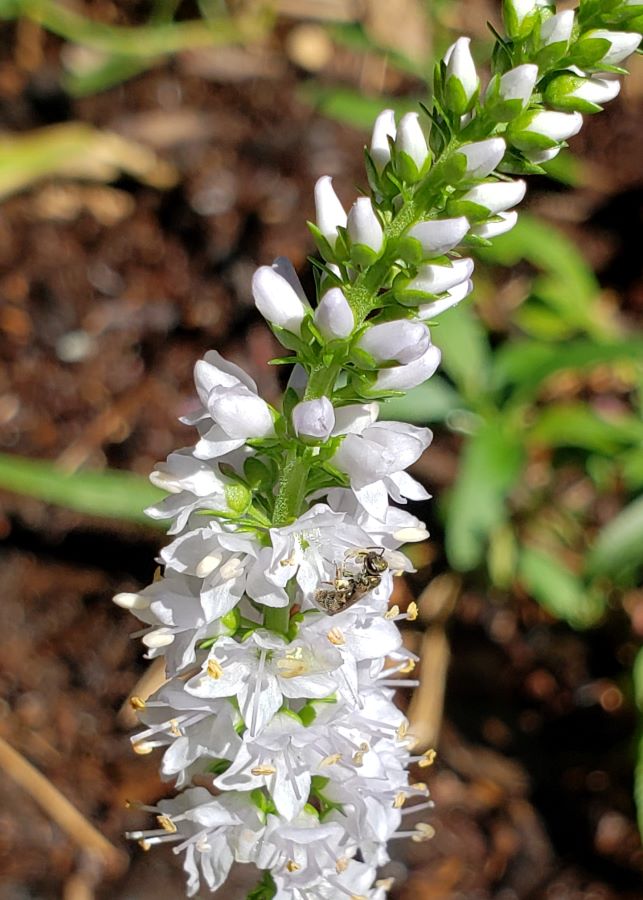
If you have a small space, even a few flowers will help. Watch who visits your flowers, you’ll see the native pollinators.
My next article will detail the flowers and plants to use in a pollinator garden.
Related Reading:
Bumble Bees Are Most Important Pollinators
How We Can Help Our Lesser-Known Pollinators
The Flowers That Can Save the Bees
Sources:
The Pollinator Victory Garden: Win the War on Pollinator Decline with Ecological Gardening, by Kim Eierman, Quarry Books, 2020
Bumble Bees of the Western United States, Xerces Society
Conserving Bumblebees, Xerces Society

